A car battery supplies direct current (DC) power. It is designed to provide a stable voltage suitable for automotive systems.
Car batteries are essential in modern vehicles, providing the necessary power to start the engine and run electrical systems when the engine is off. These batteries store energy in chemical form and convert it into electrical energy to power your car’s starter motor, ignition system, and other electronic accessories.
Typically, a car battery operates at a nominal 12 volts DC, but actual output can range from about 11—8 volts to fully charged at approximately 12. 6 volts. Ensuring your car battery is in good health is crucial for reliable vehicle operation, as a failing battery can leave you stranded without the ability to start your vehicle. Regular maintenance and checks are advisable to extend the life of your car battery and prevent unexpected breakdowns.
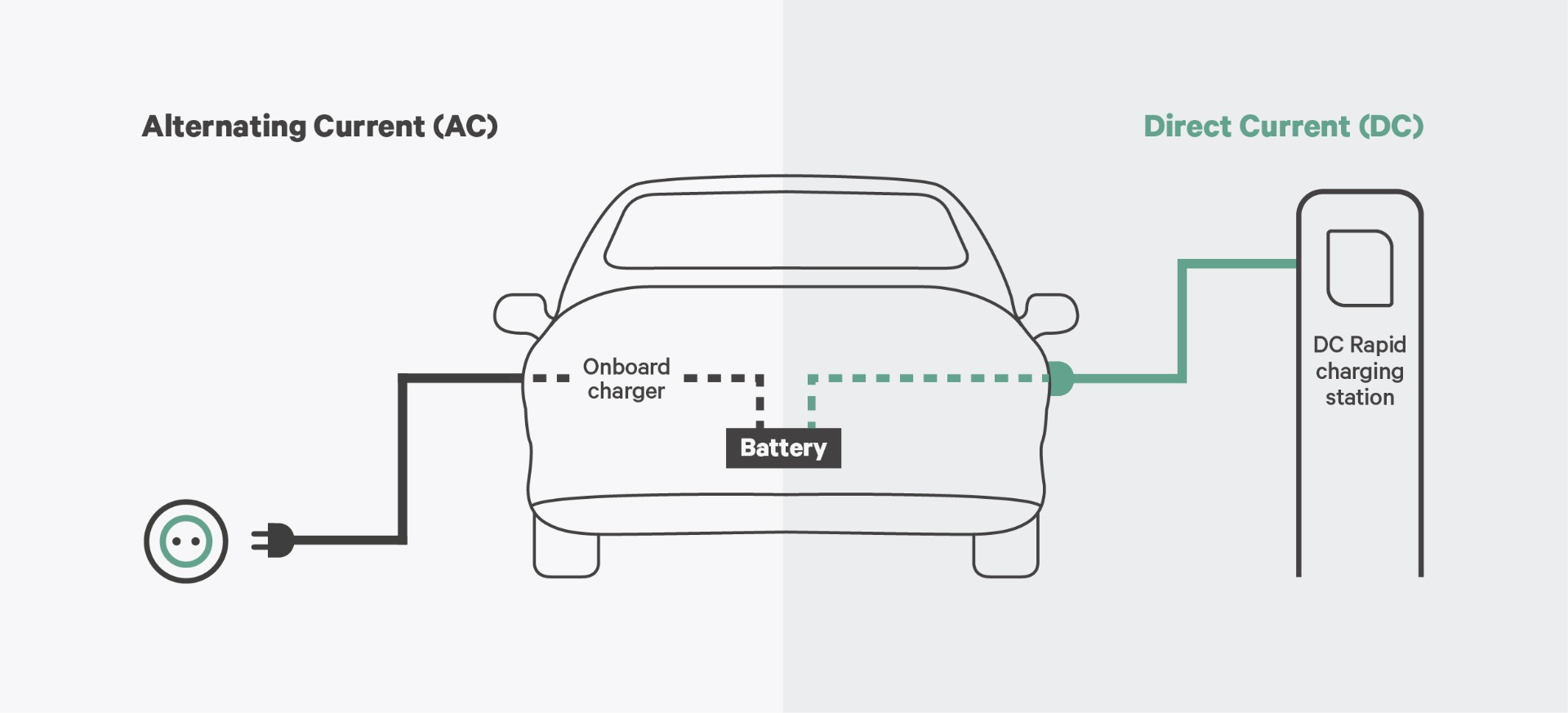
Credit: wallbox.com
Is a Car Battery AC or DC?
A car battery is designed to supply direct current (DC) power, not alternating current (AC), to a vehicle’s electrical systems. This DC power is essential for starting the engine, powering the vehicle’s lights, and running various electronic devices within the car. The nature of a car battery’s DC output results from its chemical composition, which encourages a steady flow of electrons from the battery’s negative to its positive terminal. This contrasts with AC power, where the flow of electrons alternates direction periodically, a characteristic unsuitable for most automotive applications. Therefore, when it comes to powering vehicles, DC from car batteries is the standard due to its compatibility and efficiency in operating vehicles’ electrical components.
The Basics Of Car Battery Power
A car battery is the silent powerhouse of a vehicle. It provides the essential electricity to start the engine and powers all the electrical components. Understanding how a car battery works is crucial for every driver. Let’s delve into the basics of car battery power and discover whether it operates on AC (Alternating Current) or DC (Direct Current).
Differentiating Ac And DC
Electricity comes in two forms: AC and DC. DC power only flows in one direction, but AC power alternates directions regularly. Most home appliances use AC, which power stations supply. In contrast, batteries, including car batteries, provide DC. This is because vehicles need a steady current to operate effectively.
Role Of A Car Battery
A car battery’s role is pivotal. It stores energy in chemical form and converts it into electrical power. This energy is what starts the car’s engine. Once the engine runs, the alternator recharges the battery. It powers the car’s lights, radio, and other electrical devices. The battery ensures everything runs smoothly, even when the engine is off.
In summary:
- Car batteries supply DC power.
- They start the engine and power electrical components.
- While the engine is running, the alternator charges the battery.
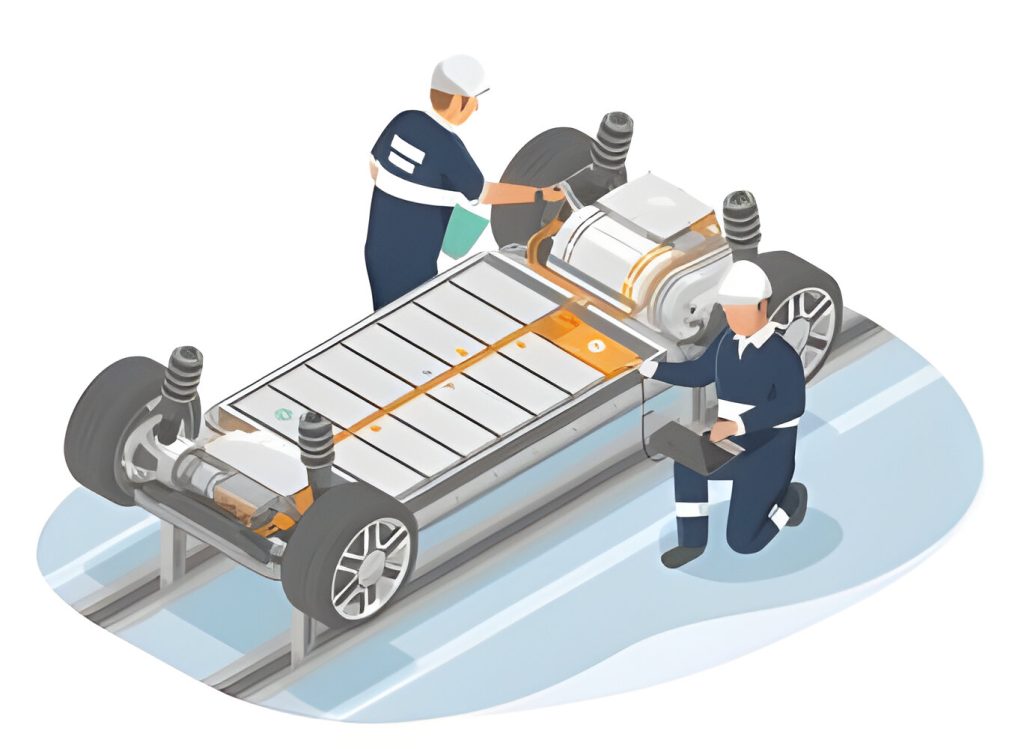
Is a Car Battery AC or DC?
A car battery is fundamentally DC, or Direct Current, in nature. This is because the primary purpose of a car battery is to store electrical energy in a chemical form and deliver it as direct current to start the engine, power the vehicle’s electrical systems, and maintain the electrical needs while the engine is off. Unlike AC, or Alternating Current, which changes direction periodically and is typically used in household electrical systems, DC provides a steady stream of electricity in one direction, essential for the stable operation of a car’s electronics and starting mechanisms. This distinction highlights why a car battery’s DC output is crucial for the reliable functioning of automotive systems.
Electrical Fundamentals In Vehicles
Electrical fundamentals are vital for the smooth operation of any vehicle. A basic understanding of how electricity works in your car can save you time and money. Let’s explore the electrical system that powers everything from ignition to headlamps.
How Electricity Powers Your Car
At the heart of your vehicle’s electrical system is the car battery. It supplies direct current (DC) power. Unlike the alternating current (AC) in houses, DC flows in one direction. This ensures a stable voltage that powers your car’s accessories.
Car Electrical System Components
Your car’s electrical system consists of several key components:
- Battery: Stores and provides DC electricity
- Alternator: Recharges the battery while your car is running
- Starter: Uses the battery’s energy to start the engine
- Fuses: Protect circuits from overloading
- Wiring harness: Distributes electricity to various components
Together, these components ensure your car operates efficiently and safely. Regular maintenance keeps the electrical system in check.
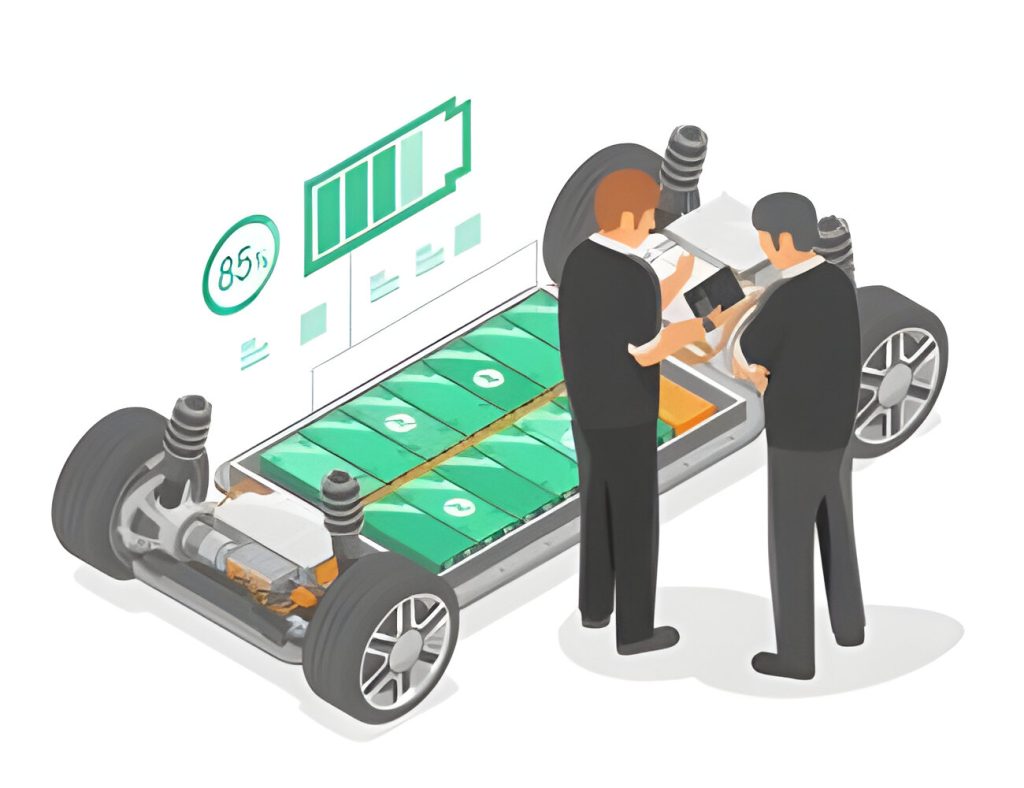
The Nature Of A Car Battery’s Output
Understanding the output of a car battery is vital for every vehicle owner. Unlike other power sources, a car battery has unique characteristics. Let’s explore these and see how they compare to the electricity we use at home.
Characteristics Of Car Battery Electricity
A car battery is designed to supply a consistent and reliable form of electricity. This power is essential for starting an engine and running various electronic components. Below are some key features:
- Direct Current (DC): The electricity from a car battery flows in one direction.
- Voltage: Typically, it provides 12 volts of DC power.
- Amperage: The current is measured in amperes, indicating the battery’s capacity.
- Rechargeable: Once the engine runs, the alternator recharges the battery.
- Steady Supply: It ensures a stable energy flow, which is crucial for vehicle electronics.
Comparison With Household Power
Household power is different from what a car battery provides. It’s essential to recognize these differences:
| Car Battery | Household Power |
|---|---|
| Direct Current (DC) | Alternating Current (AC) |
| 12 volts typically | 110-120 volts in the US, 220-240 volts elsewhere |
| Used for starting and running car electronics | Used for powering a wide range of home appliances |
| Portable and rechargeable | It comes from a fixed power grid |
In short, car batteries offer a specialized form of electricity tailored for automotive needs. They are DC power sources with lower voltage but portable and rechargeable capabilities. In contrast, household power is AC with higher voltage levels, suitable for various appliances and devices.
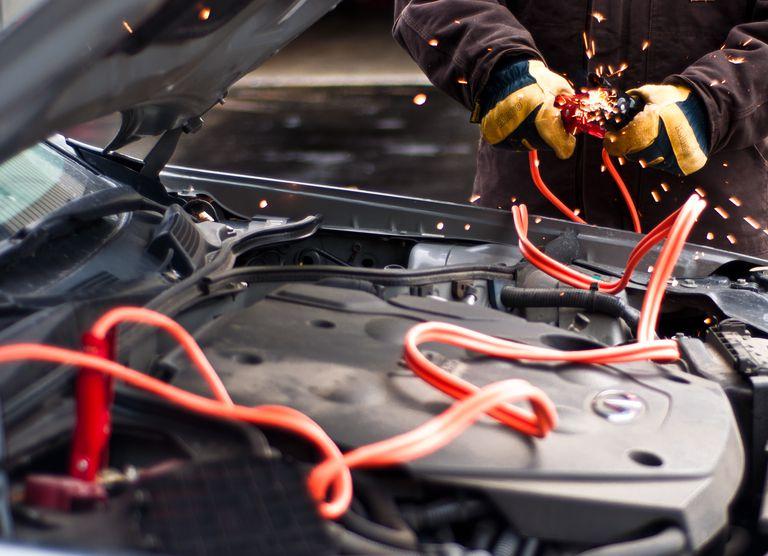
Credit: carfromjapan.com
Alternating Current In Automotive Context
Understanding Alternating Current in the Automotive Context is crucial. Unlike homes, cars use Direct Current (DC). Yet, Alternating Current (AC) plays a vital role in some functions.
Where Ac Fits In The Automotive World
Cars mainly operate on DC power. However, AC’s role is vital for efficiency and functionality. The conversion from DC to AC helps in various applications. These include electric vehicle (EV) charging and operating specific car components.
Ac Components In Cars
Several car parts use AC for better performance. The following is a list of these elements:
- Inverter: Converts DC to AC for motor use.
- Air Conditioner Compressor: Often runs on AC.
- Audio System: Uses AC for more precise sound quality.
This setup ensures cars function smoothly and efficiently.
Thus, AC is found to be critical in modern vehicles, supporting key features and enhancing car performance.
Direct Current’s Dominance In Vehicles
Car batteries are essential for starting engines and powering electrical systems. They use direct current (DC), not alternating current (AC). DC’s simple and practical nature makes it the standard in vehicles. Let’s explore why DC holds the upper hand in automotive applications.
Advantages Of DC in Car Batteries
- Consistent Voltage: DC provides a steady voltage, which is crucial for the reliable operation of vehicle electronics.
- Simple Design: DC systems are less complex, reducing the chance of failure and easing repairs.
- Energy Storage: Car batteries store DC, making it a natural choice for automotive use.
- Safe for Electronics: DC poses fewer risks to sensitive car components than AC.
How Cars Utilize DC
Vehicles rely on DC for numerous functions. Here’s a brief look at how cars use this type of current.
- Starting the Engine: The starter motor uses DC to turn the engine over.
- Powering Accessories: From headlights to radios, DC runs all car electronics.
- Charging System: The alternator generates AC but converts it to DC for battery charging and powering the vehicle’s electrical system.
The Alternator’s Role In Power Conversion
Understanding the role of the alternator in power conversion is crucial for any car owner. An essential part of a car’s electrical system is the alternator. It works tirelessly to ensure that the car battery receives the correct type of power it needs to operate efficiently. Let’s dive into how the alternator manages this vital task.
From Ac To Dc: The Alternator’s Function
The alternator is like a power station on the go. It generates alternating current (AC) as the engine runs. But car batteries need direct current (DC) to work. The alternator has a built-in rectifier. This rectifier converts AC to DC, giving the battery the right juice.
- The engine spins the alternator pulley.
- The magnetic field generates AC
- Rectifier changes AC to DC
Maintaining Battery Health With The Alternator
A healthy battery means a happy car. The alternator plays a big part in this. It charges the battery while you drive. This keeps the battery full and ready to start your vehicle.
It also powers the car’s electrical parts when the engine is on. This takes the load off the battery. Your lights, radio, and GPS get power without draining the battery.
| Alternator Action | Battery Benefit |
|---|---|
| Charges the battery | Keeps the battery full |
| Powers electrical components | Prevents battery drain |
Hybrid And Electric Vehicles: A Twist In The Tale
Hybrid and electric vehicles change how we think about cars. These vehicles use different technologies that make them unique.
Ac Motors In Modern Vehicles
AC motors power many modern vehicles, especially electric ones. Their design helps cars run smoother and quieter.
- Efficiency: AC motors convert electricity into motion more efficiently.
- Speed Control: They allow precise control over the car’s speed.
- Reliability: Fewer moving parts mean these motors last longer.
Battery Technology In EVs and Hybrids
In electric and hybrid vehicles, the battery is critical. It holds the energy required to power the car.
| Type of Battery | Benefits | Common Use |
|---|---|---|
| Lithium-ion | High energy density, long life | Most electric cars |
| Nickel-Metal Hydride | Good performance, less expensive | Many hybrid cars |
Batteries are improving rapidly, making these vehicles more appealing. They now charge faster and last longer.
Maintaining And Troubleshooting Your Car’s Electrical System
Understanding your car’s electrical system is vital for a smooth ride. The heart of this system is the battery, which provides the necessary power to start your engine and run electrical components. Proper care ensures longevity and reliability. Let’s dive into maintaining and troubleshooting this critical part of your vehicle.
Regular Battery Maintenance Tips
Regular checks keep your car battery in top condition. Follow these tips to avoid surprises:
- Clean the terminals to prevent corrosion.
- Ensure the battery is properly secured to minimize vibration.
- Check the water level in maintenance-accessible batteries and top up if needed.
- Perform a voltage test monthly to monitor battery health.
Identifying Electrical System Issues
Stay ahead of electrical problems with these insights:
| Sign | Possible Issue | Action |
|---|---|---|
| Dim lights | Weak battery or failing alternator | Test battery and alternator |
| Clicking sound | Insufficient charge to start the engine | Charge or replace battery |
| Electrical components failing | Faulty wiring or fuses | Inspect and repair wiring |
| Engine cranks slowly | Old or drained battery | Test and possibly replace battery |
For any persistent issues, seek a professional mechanic’s help. Don’t let electrical problems stop you from hitting the road with confidence.
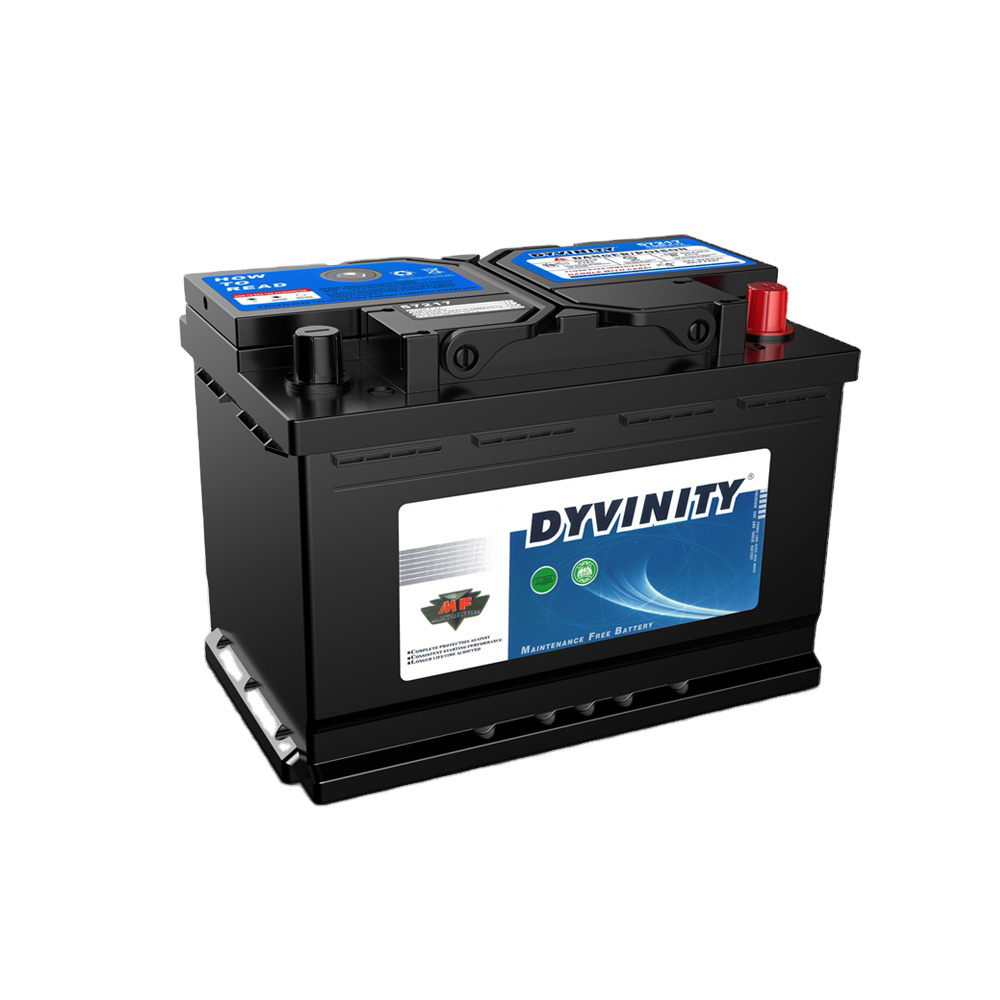
Credit: www.spaceflightpower.com
Frequently Asked Questions
Does A Car Run On AC or DC?
Cars typically run on DC (Direct Current) supplied by the vehicle’s battery and alternator system.
Does A Car Battery Charger Put Out AC or DC?
A car battery charger typically outputs DC (Direct Current) to charge batteries efficiently and safely.
What Is The Voltage Of A DC Car Battery?
A typical DC car battery voltage is 12 volts.
Does The Car Battery Power The AC?
No, the car battery does not power the AC directly. The car’s alternator generates the electricity for the AC when the engine is running.
Conclusion
To wrap up, car batteries supply DC power, which is essential for automotive functions. Understanding this helps in maintenance and when choosing replacements. For further details on battery technology and care tips, explore more of our guides and stay informed.
